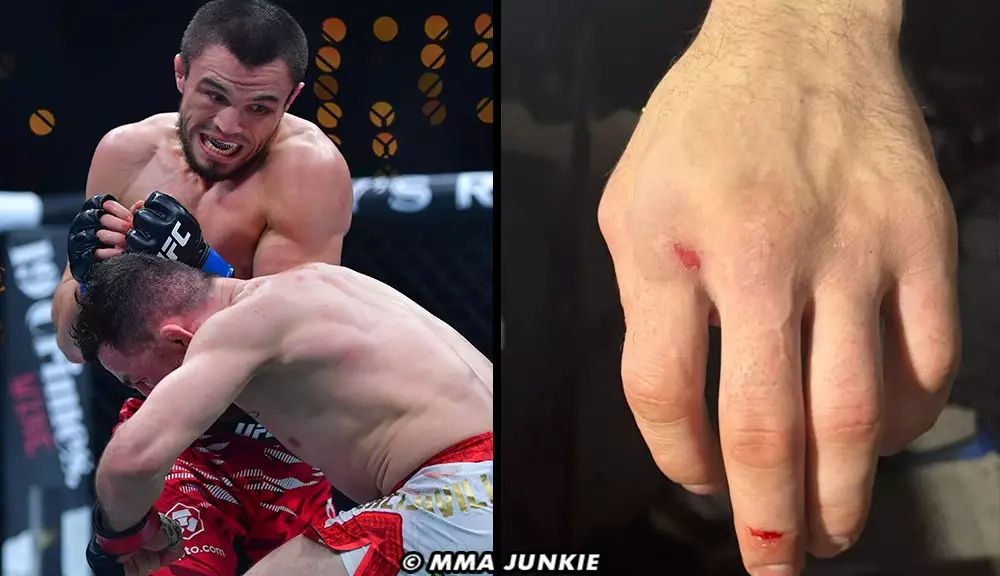UFC 311 unfolded this past Saturday at the Intuit Dome located in Inglewood, California, presenting fans with an electrifying showcase featuring 13 bouts. However, the aftermath reveals a more sobering reality as multiple fighters face medical suspensions due to the injuries they sustained during their contests. The California State Athletic Commission (CSAC) has been proactive in disclosing the list of fighters who will not be able to compete for a specified duration, emphasizing the importance of health and safety in combat sports.
Event Overview and Context
The event highlighted not only the incredible athleticism of the fighters but also the potential risks they undertake in pursuit of victory. Competitive mixed martial arts can often result in injuries that, while perhaps not immediately apparent, can have significant long-term implications for an athlete’s career. The CSAC’s executive director, Andy Foster, has made it a priority to ensure that fighter safety remains paramount, leading to scrutiny of fighter well-being post-fight.
It is no secret that the UFC has a reputation for thrilling matchups that keep audiences on the edge of their seats. However, with such excitement comes an inherent risk, as evidenced by the six-month suspensions handed down. These suspensions were primarily due to possible fractures, reminding everyone that every bout comes with a cost.
According to the provided medical suspension list, four fighters received six-month suspensions, raising concerns over their health and future participation in the sport. For instance, Bogdan Guskov faces a 180-day suspension due to a possible right hand fracture. Similarly, both Jailton Almeida and Serghei Spivac are subject to 180-day suspensions for potential fractures, highlighting that the stakes are high even in the heat of competition.
In addition to the lengthy suspensions, the report also outlined a range of shorter suspensions, including mandatory rest periods for fighters who engaged in hard bouts. Notable fighters such as Ricky Turcios and Bernardo Sopaj both received 45-day suspensions with an additional 30 days without exception aimed at ensuring their full recovery from hard-fought contests. Such measures are crucial in allowing athletes to recuperate effectively and avoid long-term damage.
Conversely, some fighters only received a mandatory seven-day suspension, signifying a less severe reckoning post-fight. For example, Ailin Perez and Karol Rosa appeared to come through their fights with comparatively minor issues, allowing them to resume training sooner.
One of the critical elements of the fighter health management system lies in the ability for competitors to return to the octagon earlier than their imposed suspensions—provided they receive medical clearance. This highlights the necessity for thorough medical evaluations in determining an athlete’s readiness to compete again. The built-in flexibilities, such as the clauses for “no exception” or “mandatory,” illustrate the commitment to prioritizing safety while also providing fighters the opportunity to return if deemed fit.
With the rigorous assessments involved, the commission’s preventative measures do not merely serve to protect fighters post-event but are also reflective of an increasingly responsible approach to MMA as a whole. Ensuring fighters’ long-term health through responsible governance is a step toward a sustainable future for the sport.
UFC 311 serves as a stark reminder that mixed martial arts, while exhilarating, is also a domain fraught with danger. The aftermath of the event shows that the thrill of UFC fights comes at a price—quite literally for some fighters facing lengthy suspensions.
The dual nature of competition is evident; while athletes are driven by the desire to prove themselves within the octagon, the reality of the physical consequences cannot be ignored. The ongoing commitment from commissions to assess fighter safety responsibly is commendable and necessary, as it validates the sport’s integrity. Ultimately, balancing competitive ambition with the need for health and safety is essential in shaping the future of MMA. As fans, we must celebrate the athletes’ courage while recognizing the paths they navigate outside the octagon in their journey to recovery.

